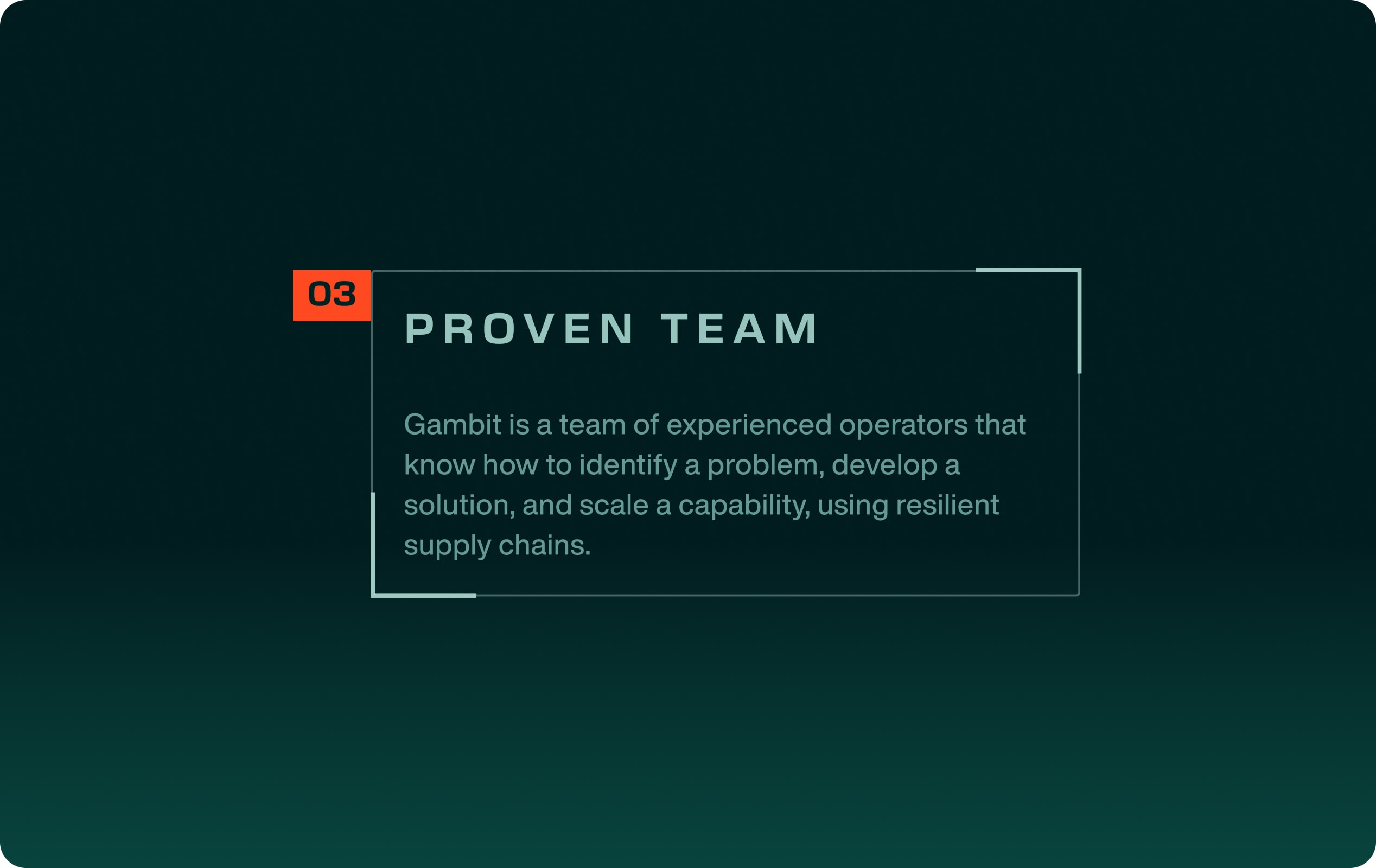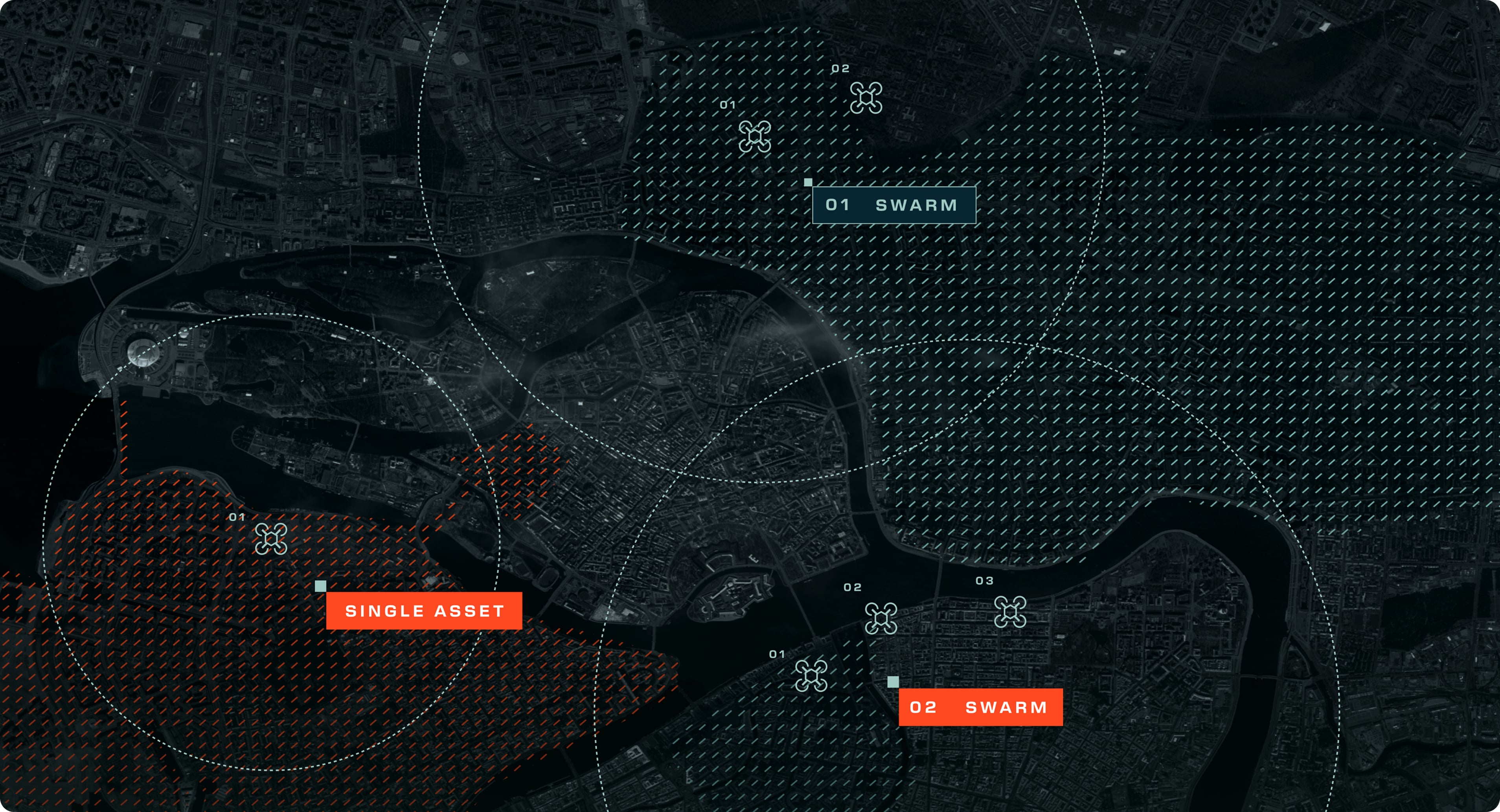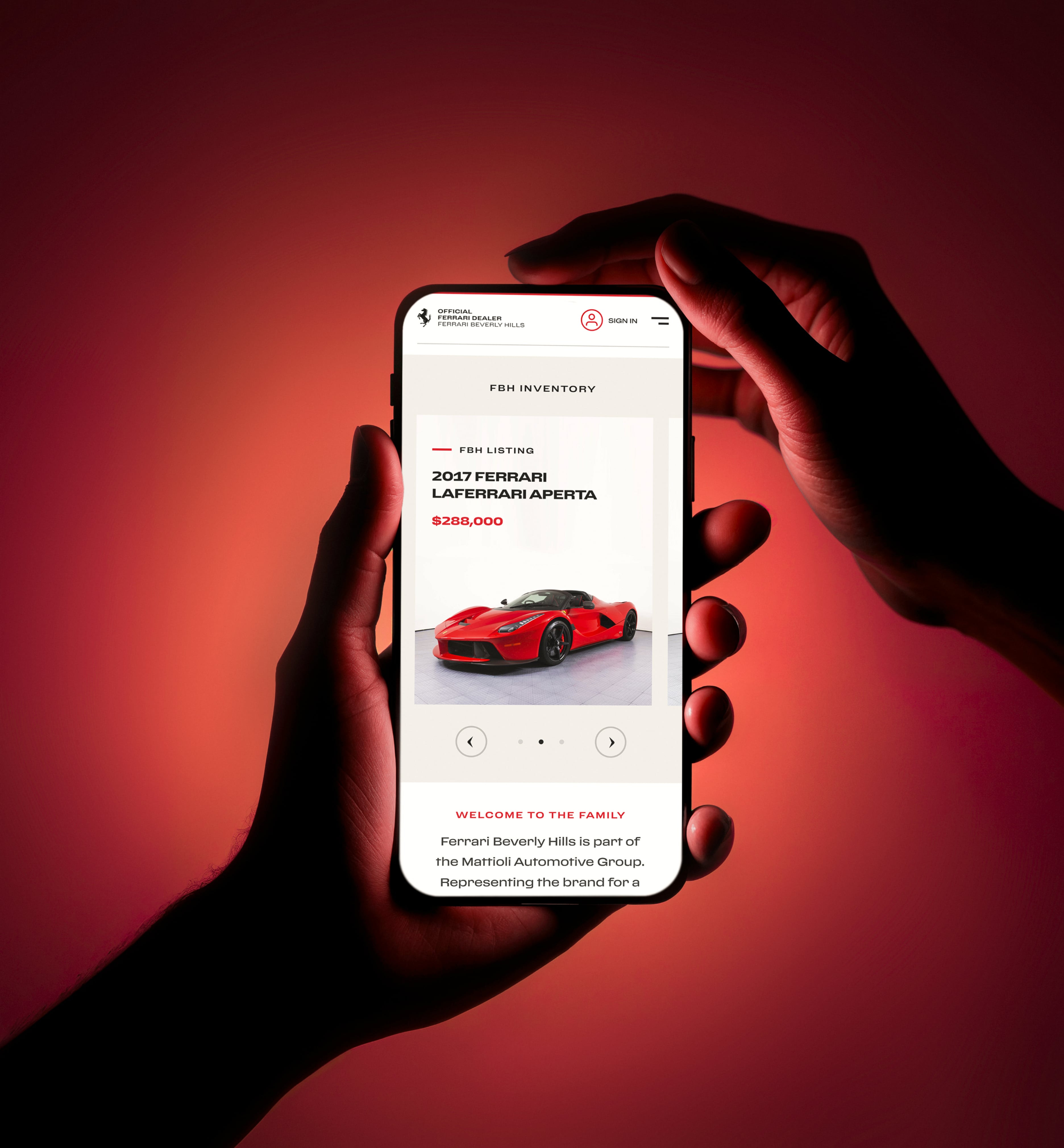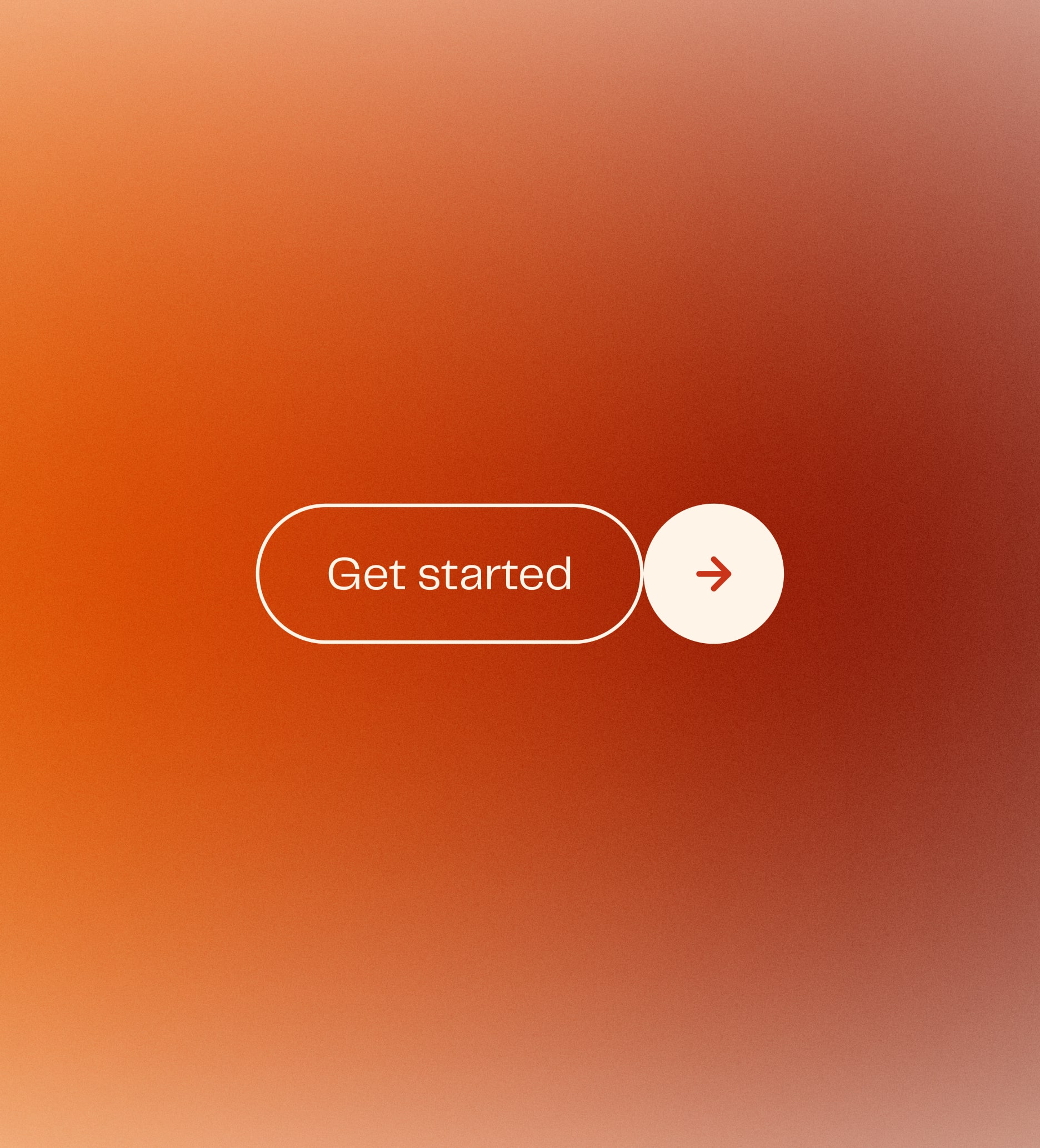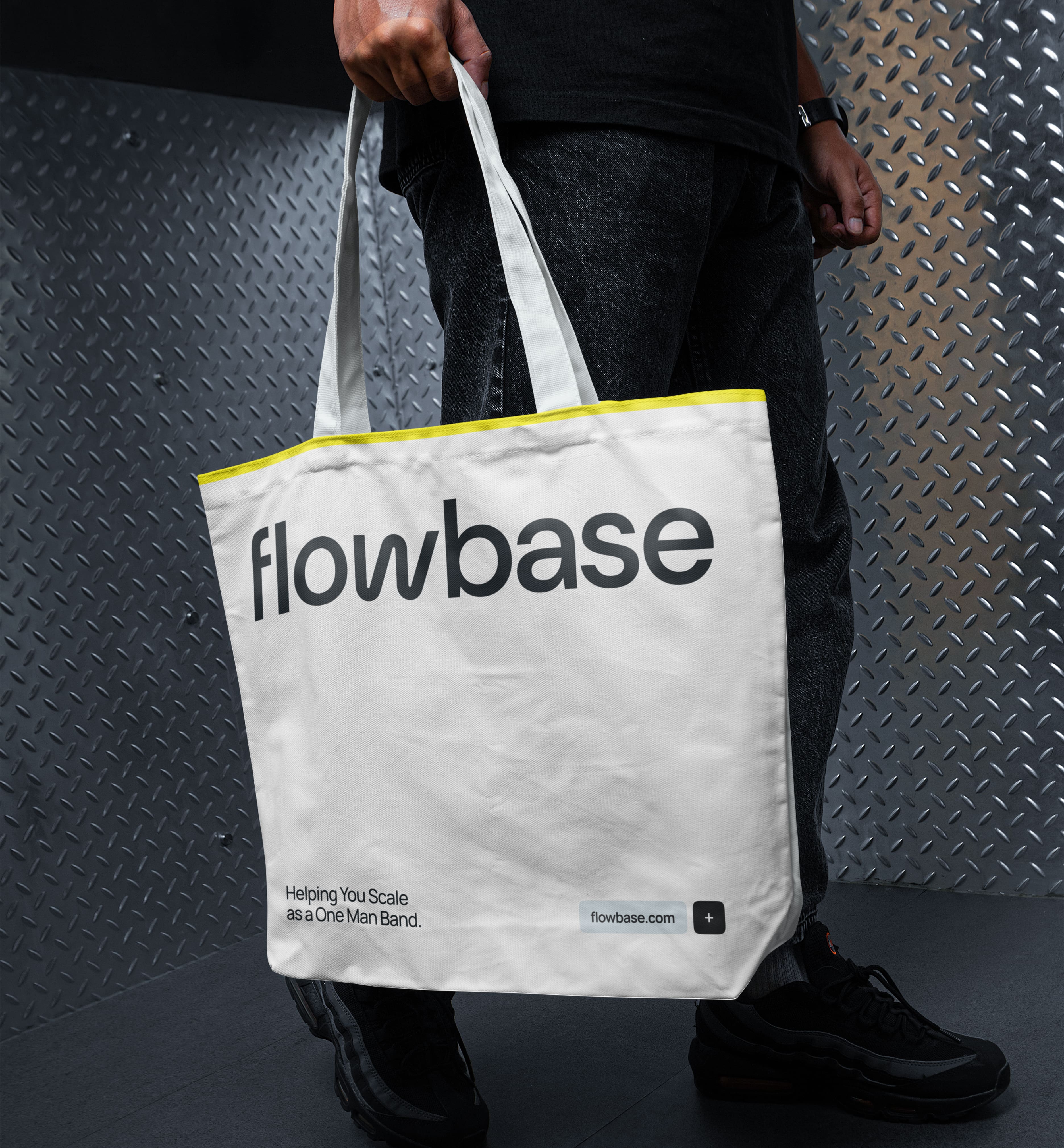You don’t remember every page you’ve visited this week - but you do remember how that one app greeted you by name, how the “add to cart” button pulsed just before you clicked, or how the loading animation gave you a moment of delight instead of frustration.
These are microinteractions. And they’re doing more than you think.
At AKEO, we often talk about clarity, performance, and usability. But we also believe in joy - those small, often overlooked moments that shape how people feel about a product. Microinteractions are a critical part of this equation.
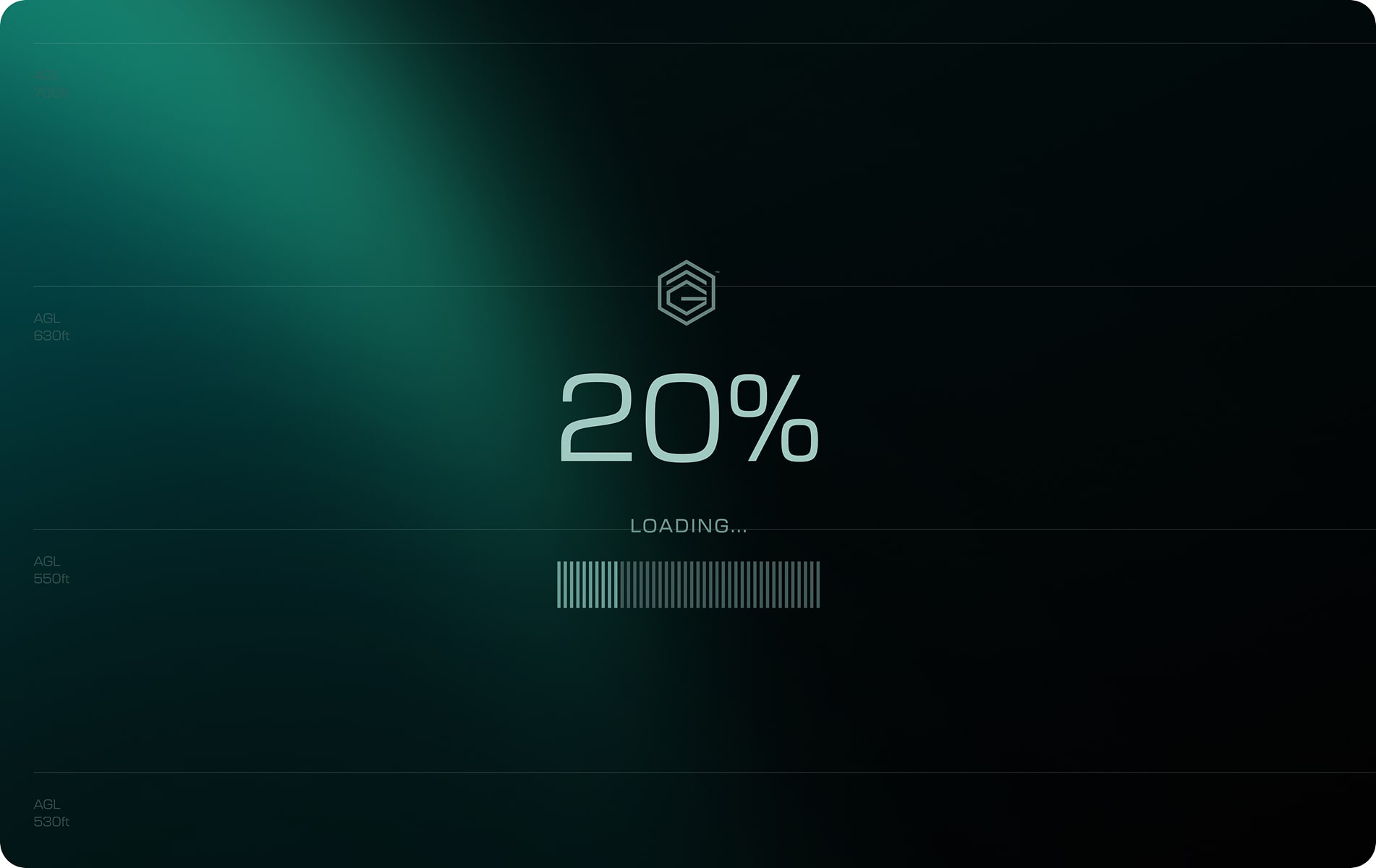
What are microinteractions (and why do they matter)?
Microinteractions are the tiny UX elements that respond to user actions. Think: a vibration when you toggle a switch, an animated heart when you like a post, or a progress bar that shows you how far you’ve come.
They're not the core functionality, but they support it. And more importantly, they humanize it.
Good microinteractions do three things:
- Provide feedback – confirming a user’s action worked.
- Guide interaction – helping users understand what’s possible.
- Enhance emotional connection – adding personality and delight.
They build trust, create rhythm, and eliminate friction. And in competitive digital environments, they can be the difference between a product that’s functional and one that’s unforgettable.
Examples you already know (and probably love)
- LinkedIn's "profile strength" meter
Encourages completion by gamifying progress with a friendly tone and subtle visuals. - Slack’s loading screen messages
Turns waiting into a brand moment, using copy that reflects the product’s playful tone. - Instagram's like animation
The double-tap heart isn’t just visual - it’s emotional reinforcement. It feels good to give love, and it feels better when it’s acknowledged instantly.
These aren’t accidents. They’re decisions made at the intersection of design, motion, and psychology.
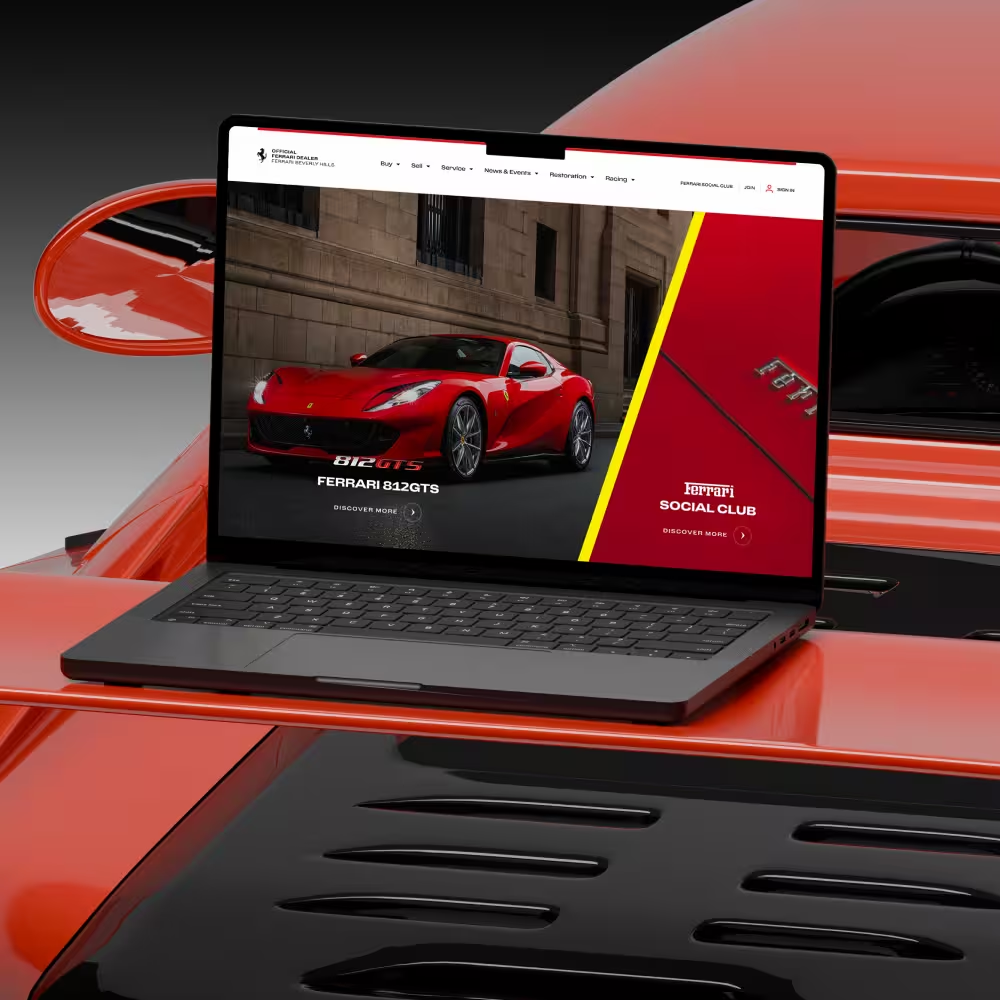












































-min.jpg)

